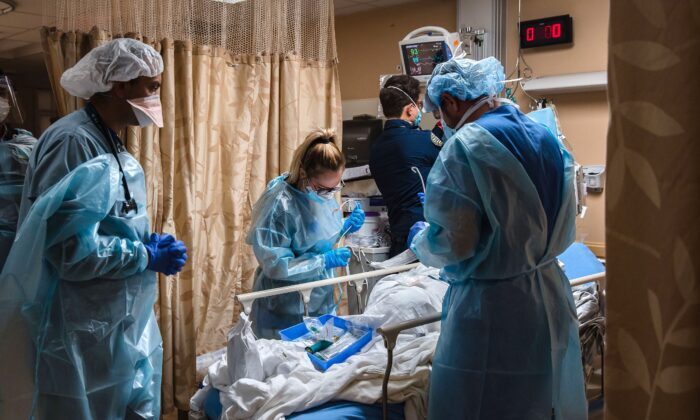
Shortly after news of the SARS-CoV-2 virus emerged in Wuhan, China, in early 2020, Vojtech Thon, clinical immunologist and professor at Masaryk University in the Czech Republic, started examining tissue samples of infected patients. His goal wasn't just to understand how the virus infects people but mainly to see the immune response dynamics that would protect a person. He focused on the mucosal system in the nose, mouth, and lungs — his area of expertise.
His findings were striking and ran counter to many of the public health narratives heard worldwide.
He concluded that:
1) Early treatment was possible, available, and critical.
2) Pandemic mitigation measures were misused and, in many cases, counterproductive to fighting the disease.
3) Vaccines were rolled out improperly and presented to the public inaccurately. They couldn't achieve sterilizing immunity, that is, elimination of the virus before it could multiply in the body.
Virtually all of this was known at the pandemic's beginning or at least by late 2020. Yet his attempts to make his expertise available to authorities were largely shut down.
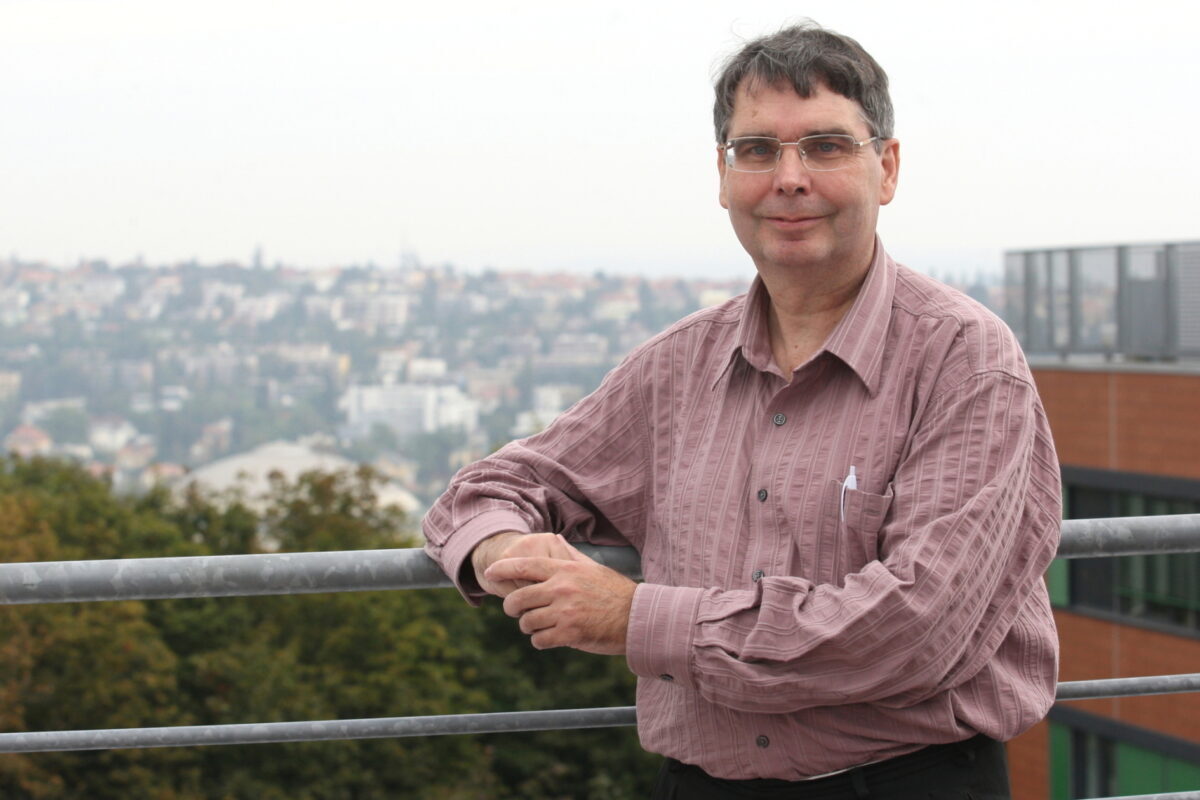
The lung tissue damage Thon saw in severe COVID-19 cases resembled the damage that results from a disease he knew very well — obliterative bronchiolitis, or "popcorn lung."
The implications were far-reaching. As he further studied the disease's mechanics, he realized that severe COVID-19 was primarily an immunological and vascular disease. As the virus binds to cells, it shuts down an enzyme that helps prevent oxidative stress in cells that make up the inner lining of blood vessels — endothelium. With the enzyme lacking, the oxidative stress damages the cells, which then causes inflammation — overstimulation of the immune system — which causes further damage as the immune system tries to eliminate the damaged cells. In the end, blood in the vessels starts to clot, leading to heart attacks and strokes. Inflamed lungs also lose their ability to supply oxygen to the blood. Death follows.
"What kills the person is not the virus. What kills him is rather his own incorrectly regulated immune response," Thon told The Epoch Times.
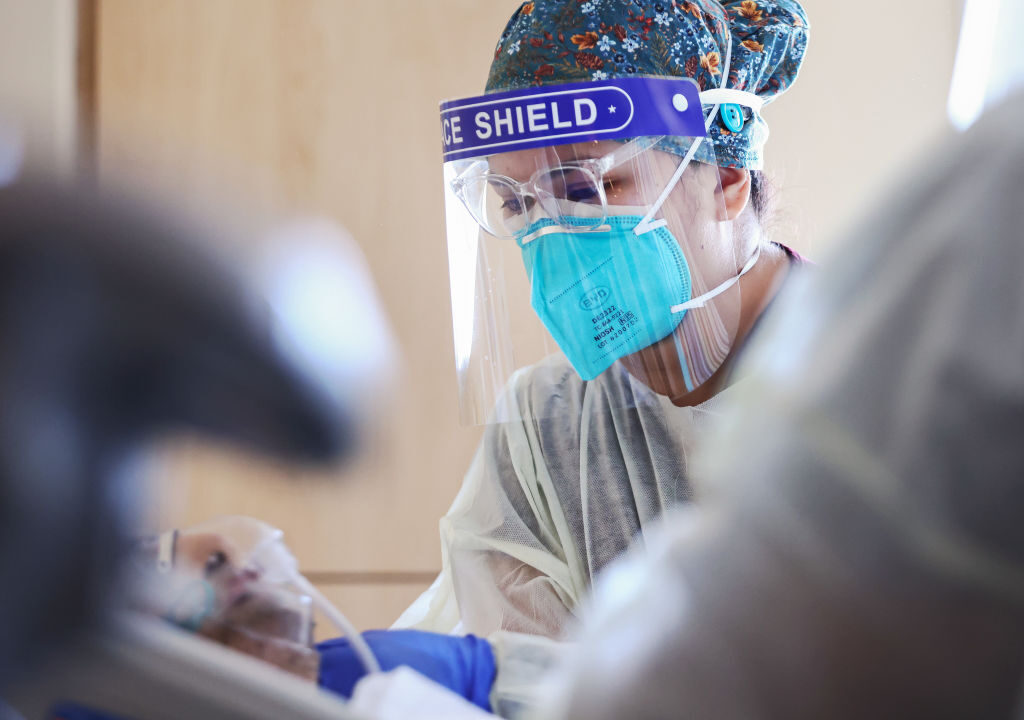
"It's been known to us for decades as a complication after transplants," he said.
"We had a treatment for it, and that's the immune regulatory treatment, immune suppression."
The assertion by health authorities across much of the world that no early treatment was available was incorrect, according to Thon.
And immune regulation is a tricky business — if it's overdone, it can put the patient at risk.
"The immune system is like a Swiss watch. You should be very careful with it, and you should also be very careful with the treatment — you should know exactly what you're doing," he said.
But many, including him, were confident they knew what they were doing and had good results.
"I have done early treatment in my patients, and no one was admitted into a hospital," he said.
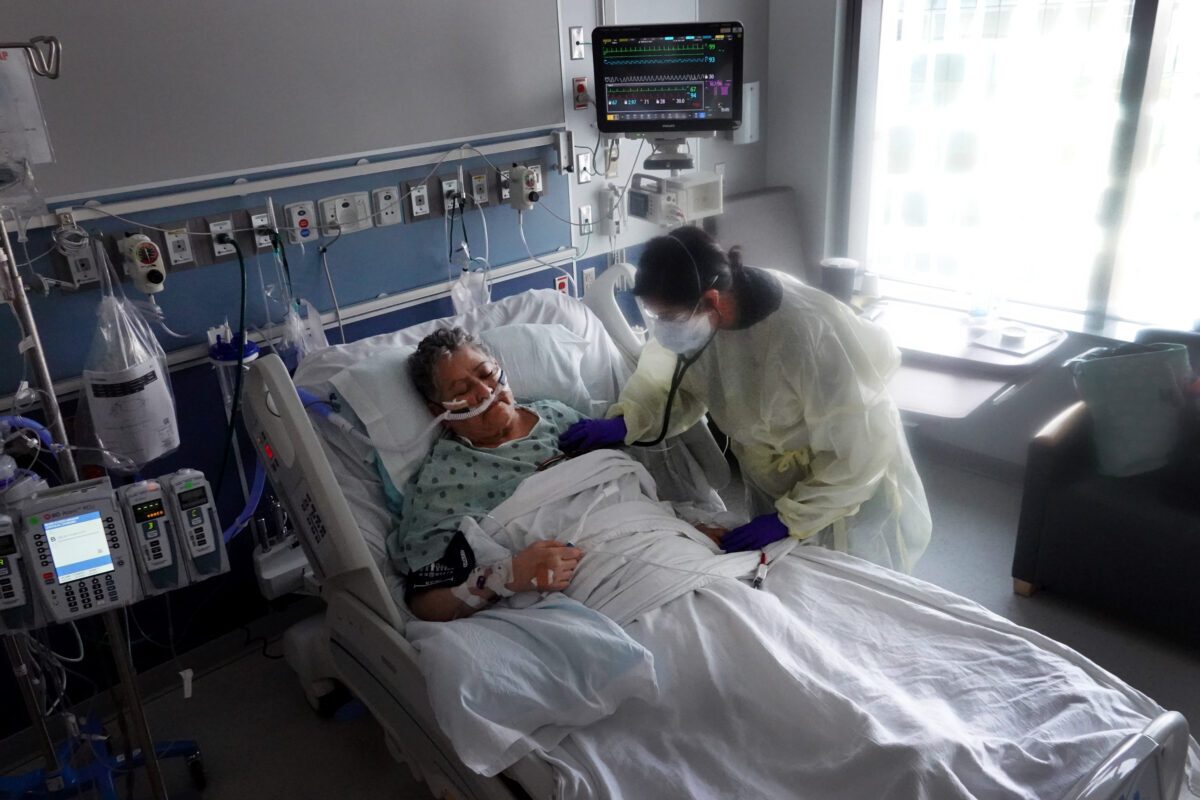
Although there weren't many doctors with sufficient immunology expertise to prepare such protocols, frontline practicing clinicians could learn and have learned how to use the protocols.
"We teach each other," Thon said.
He gave the example of one physician in a senior home who lost many patients to the disease early in the pandemic. The physician then asked for help, and Thon instructed him on what to look for in bloodwork and what drugs to use. Several months later, the doctor told him that patient mortality had dropped dramatically. Only two died, both so sick that there was little chance they would have made it under any circumstances.
Thon acknowledged the usefulness of various inexpensive drugs in treatment protocols. However, he stressed that treatment shouldn't rely on any one medication but rather work with what's suitable for a particular patient and what's readily available.
One of the critical drugs he used was a generic antileukotriene, montelukast, widely available in central Europe. He managed to get the price down to about $5 for the entire treatment course.
"You need to treat thousands of patients, and for that, you need something available, really available, and not only for the high society," he said.
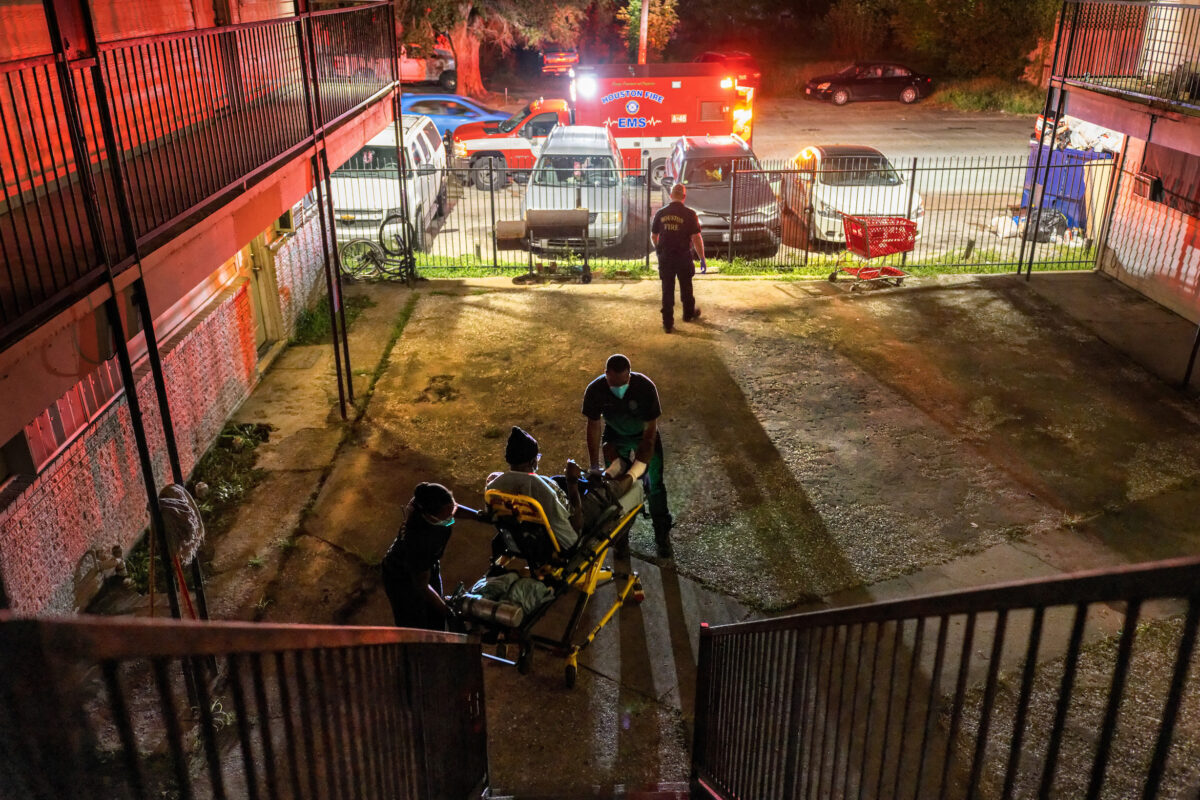
However, health authorities mainly shot down his and others' attempts to get their treatment protocols used more broadly.
"We are able to help the people, but it was mostly not allowed for us to do in the population," he said.
Instead, many people, afraid to go out, waited until their condition became severe before going to a hospital. At that point, it was often too late to stop the inflammation.
"All around the world, these people were staying for a long time at home without help," Thon said.
Lockdowns
From early on, one thing was apparent to Thon: The way to stop the pandemic was to start treating patients early and let every person develop their immunity to the virus.
"Every one of us will be in contact with this virus," he said.
Masking was of little help, he opined, given that the virus spreads through aerosols, basically the air we breathe out, which spreads out through the mask and around its edges.
Meanwhile, ordering people to stay home was essentially a fool's errand as, sooner or later, people would have to come out and face the virus.
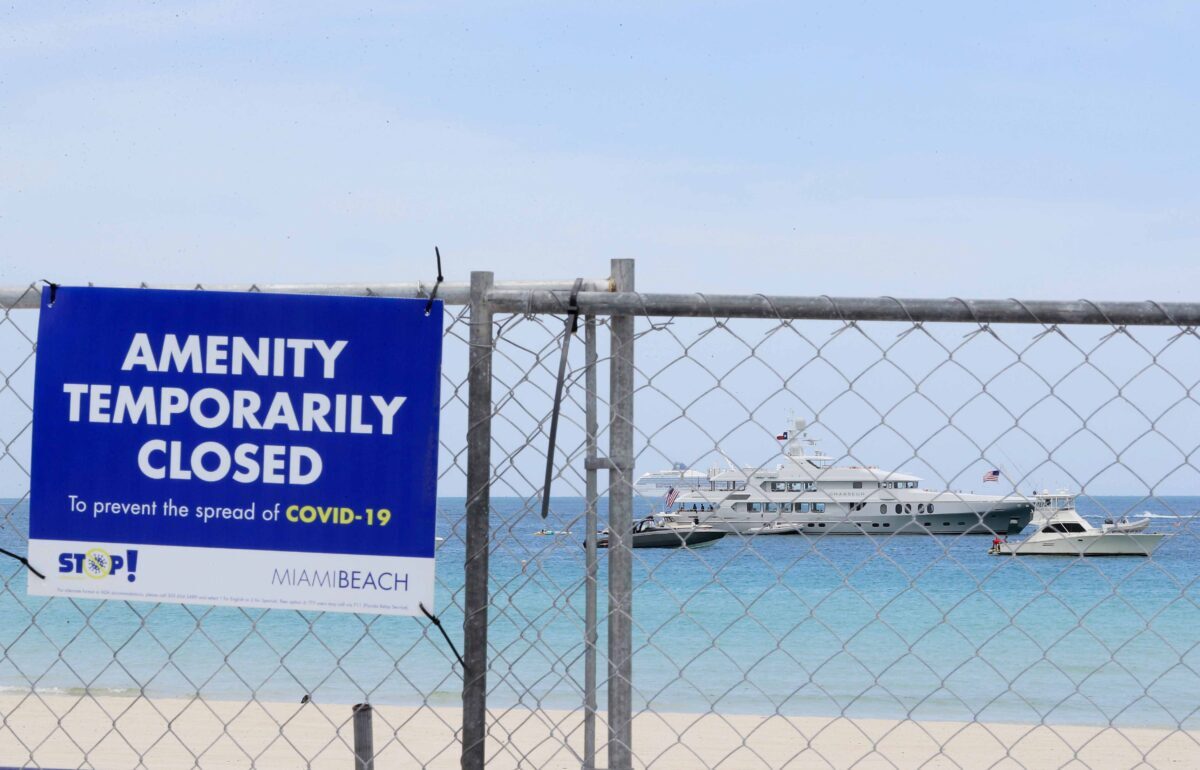
What was necessary, he said, was "to focus on the at-risk population" with comorbidities. Most of the hospitalized patients fell into this category.
He said that the list of comorbidities was apparent early on, not just from the mortality data, but also from the mechanics of the disease.
It was clear, for example, why obese people were at much higher risk of the disease. As he explained, fatty tissue metabolism causes something similar to inflammation in the body.
"From the immunological point of view, it is an inflammatory state," he said.
It was no surprise to him that when a chronic inflammatory state was combined with inflammation caused by the virus, the resulting illness was substantially worse. The same went for insufficiently treated diabetes, which is also partly a disease of fat tissue metabolism, he explained.
While age could be used as a proxy for comorbidities on a population level, older people aren't automatically at risk, he noted.
"Age is not itself a risk factor. The risk factors are the comorbidities, the inflammatory or pre-inflammatory state," he said.
He said some aspects of the lockdowns, such as closing beaches, parks, and playgrounds, were particularly counterproductive.
Lack of outdoor activity not only contributes to obesity but also undermines a person's ability to fight the virus on several fronts.
Some research during the pandemic showed that people with vitamin D deficiency fared worse with the disease. Thon wasn't surprised, because vitamin D3 has an immunoregulatory function.
The simplest way to get enough vitamin D3 is through exposure to sunlight, as ultraviolet light induces the production of the vitamin in the skin. Otherwise, a person would need more through means such as supplements and foods such as fish or fish oils.

The pineal gland in the brain releases melatonin to regulate the day-night biorhythm — it helps us fall asleep at night. Most of melatonin in our bodies, however, is produced by mitochondria in individual cells, where it serves as an antioxidant, protecting cells from damaging oxidative compounds.
This function is critical for overcoming COVID-19 because the virus damages the body's ability to convert a specific oxidative enzyme into an antioxidant, leading to an overabundance of the oxidant. Melatonin production is thus important to counter this oxidative stress that otherwise leads to damage to the blood vessel inner lining and excessive blood clotting — some of the most harmful effects of COVID-19.
Because the NIR has a relatively large wavelength, it can penetrate about an inch into the body, even through clothes. There's enough of it in daylight, even when it's cloudy.
"You need to be outside," Thon said.
Vaccination
As soon as the first specific information became available about the COVID-19 vaccines in development, several things were evident to Thon.
First, the vaccines couldn't stop the virus from spreading.
As a respiratory virus, SARS-CoV-2 enters the body through the nose and mouth and then travels to the trachea and lungs. To enter the rest of the body, it first needs to break through the mucous membrane — the soft tissue that lines the respiratory tract and includes glands in the nose and mouth that produce mucus and saliva. The immune system in the nose and mouth is robust and serves as the body's first line of defense.
Even if the mucosal barrier only holds off the virus temporarily, it gives the immune system time to learn to recognize the virus and fight it off more efficiently.
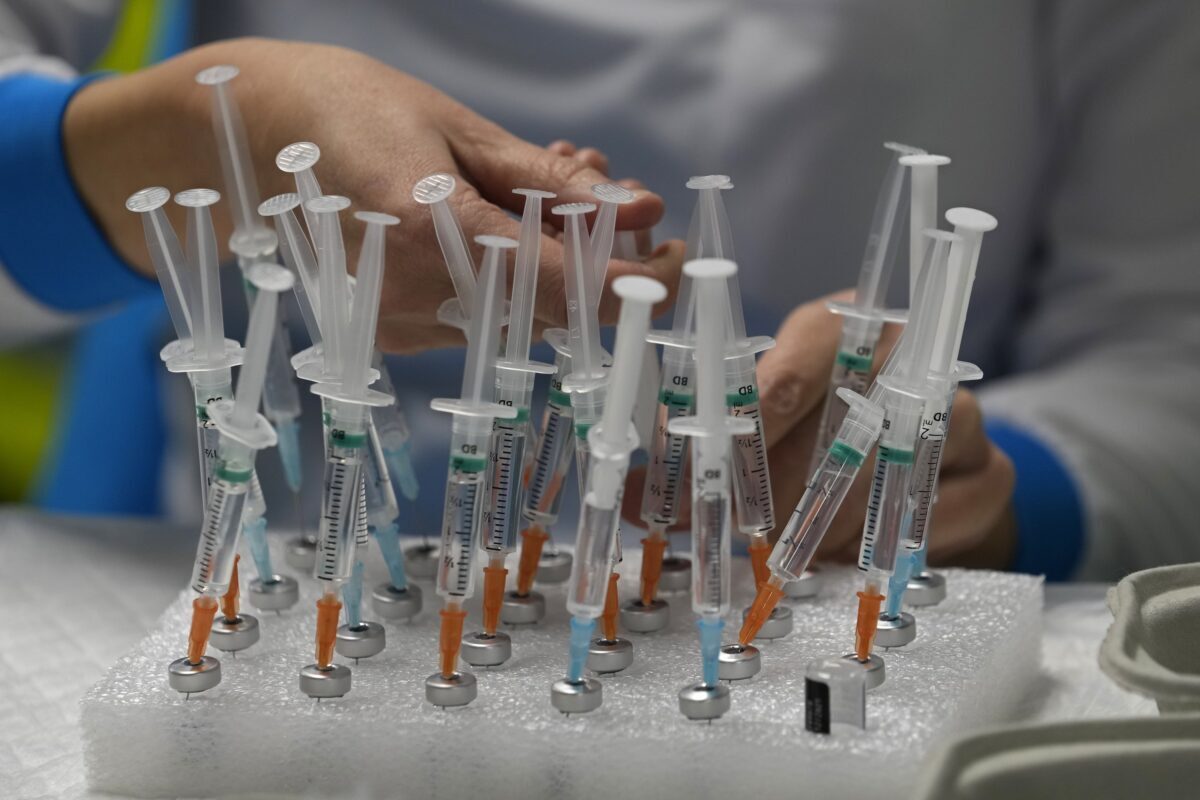
"We can be, any time, inoculated with the virus, again and again," Thon said.
Still, the mucosal system never reaches a point at which it would become completely sterile with regard to the microorganisms that try to invade our bodies.
"You actually, with the mucosal immunity, don't reach the sterilization status in the organism itself because the mucosal part of our body cannot be sterile," Thon said.
That means that even if the person already went through the infection and is poised to overcome a following infection without significant illness, the virus will still enter the mucosal system and replicate, at least to some degree. The person will still spread the virus at least a bit.
Therefore, all the talk about herd immunity during the pandemic needed to be more accurate, to begin with, Thon said. The common concept of herd immunity is that once enough people are inoculated, the virus can no longer spread because it can't easily find a suitable host — the immunized people protect those who aren't.
That was never really an option with this virus.
"It is not about the herd immunity itself. It is about immunity for each individual person," Thon explained.
The vaccines couldn't have prevented the virus from spreading in any significant way because they are injected directly into the body and lead to the development of "systemic immunity" — antibodies in the bloodstream and tissues, according to Thon. Because the mucosal system is bypassed in this process, it doesn't develop sterilizing immunity, and when we breathe in the virus, it will relatively quickly take hold and replicate. The patient will spread the virus just as if he weren't vaccinated.
He said that vaccines still have their utility, especially for at-risk people.
"It's the emergency brake in the last phase, when it spreads to the whole body."
But it was also apparent from the beginning, at least to immunologists, that vaccination would provide less resistance than infection-induced resistance.
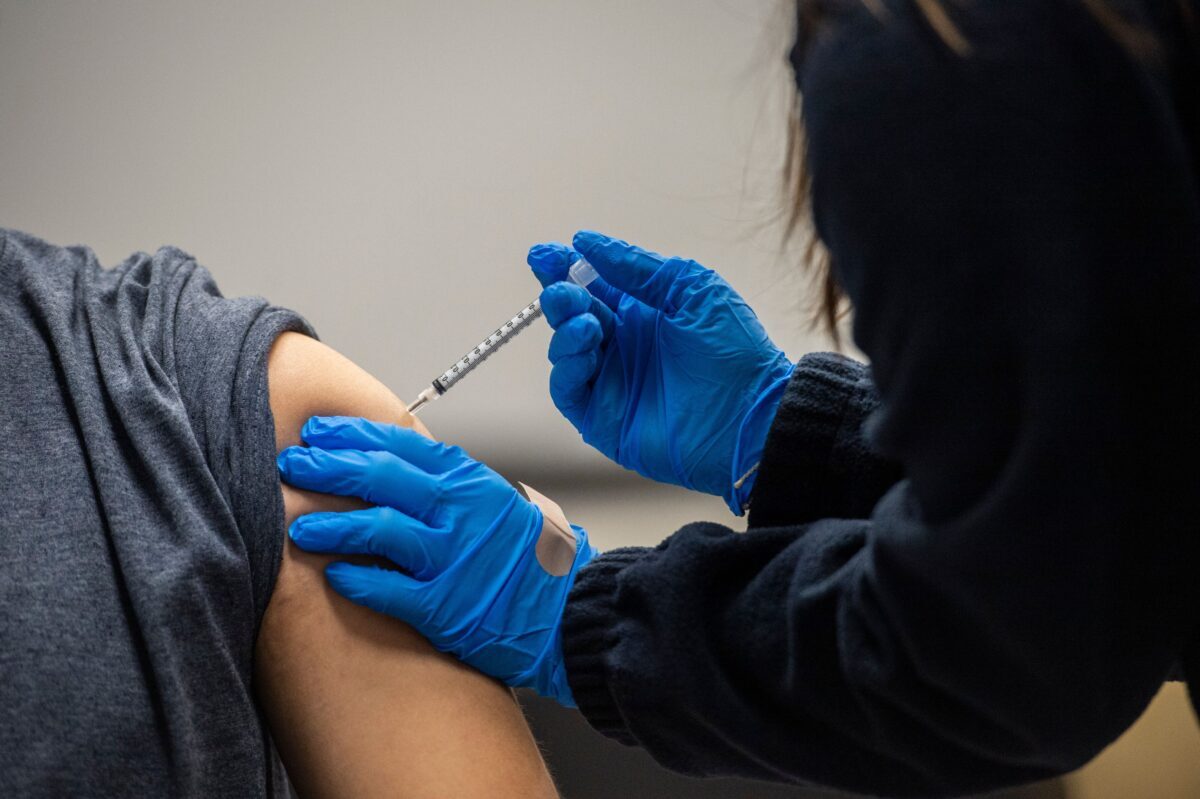
Furthermore, even if the virus breaks through it, the mucosal system keeps aiding our bodies in overcoming the disease. Crucially, it plays a "regulatory" function, Thon said. Since the most dangerous stage of COVID-19 is inflammation, at which the immune system goes haywire and starts to damage blood vessels, lungs, and other organs, the regulatory function of the immune system becomes critical, helping the body stop fighting the virus at the proper time.
"The mucosal immunity is so important, much more important than the systemic immunity itself," he said, calling it "the neglected but critical aspect" and "the missing link in comprehending SARS-CoV-2 infections and transmission."
The vaccination isn't enough to supplant infection-induced immunity, he said.
"Even though you are inoculated with the vaccines, you need to be in contact with SARS-CoV-2 virus to be protected against the disease."
The key is ensuring that a person doesn't get too much of the virus at once.
"Repeatedly encountering smaller infection doses leads to the development of immunity that allows an individual to overcome the infection," he said.
Vaccine Rollout
Considering what the vaccines could and couldn't accomplish, Thon concluded that the approach to their distribution was also incorrect.
Instead of focusing on vaccinating as many people as possible in developed countries, the goal should have been to vaccinate all at-risk people worldwide as quickly as possible.
"At the beginning, the vaccine was important for the risk population, but for others, it's not so necessary," he said.
Also, the "booster" doses were overkill, in his view.
"Just the first dose, at most the second dose, was enough," he said.
The most unadvisable was the trend of people lying about their vaccination status to get additional doses.
Excessive vaccination overstimulates the immune system. The system's regulatory part then starts suppressing the immune response.
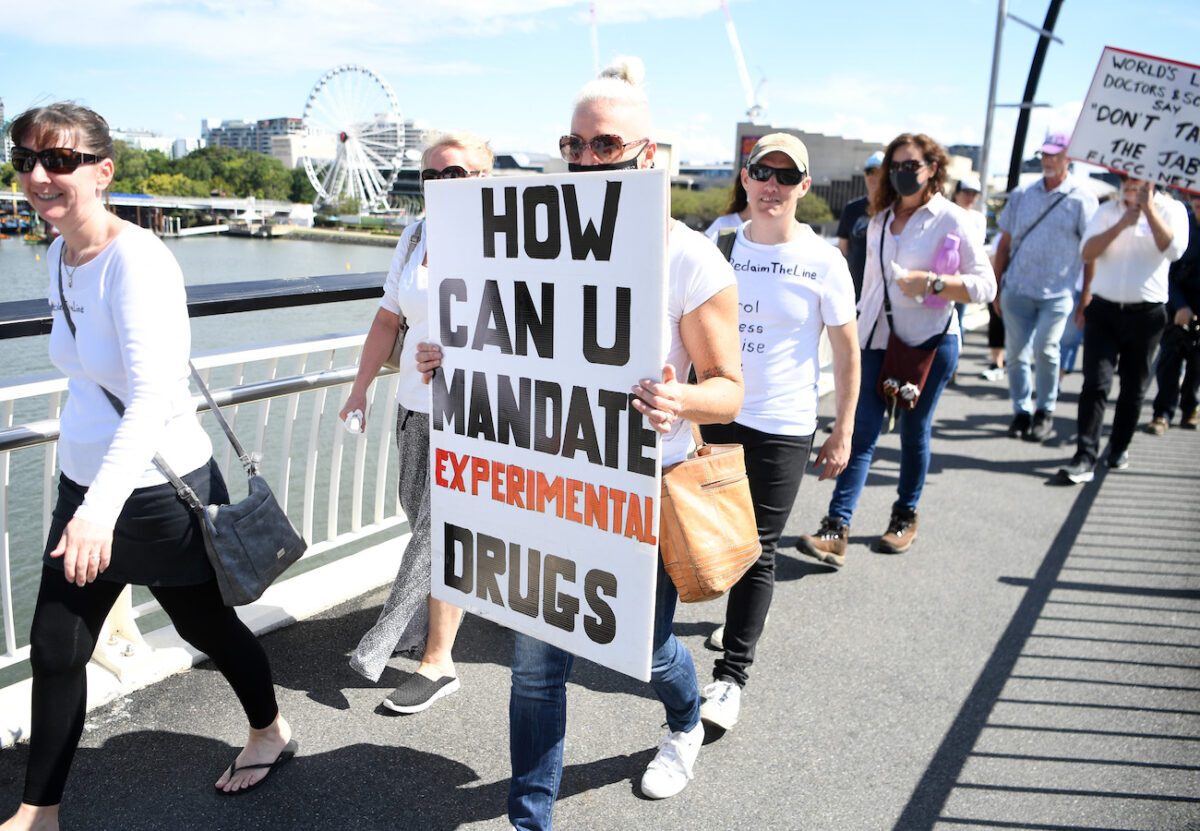
Moreover, it was also known all along that the vaccines had their risks.
"In essence, this vaccine is based on a principle meant for treating tumors. In that context, you can have more side effects because you're talking about saving a life, prolonging meaningful life, quality of life. Those are different criteria," he said.
The most common COVID-19 vaccines in the West are based on mRNA technology. Genetic information is encapsulated in a tiny bubble of a particular fat molecule that protects it. The molecule then binds with cells in our bodies, releasing the genetic code inside. The cell reads the code as an instruction to produce spike proteins like the virus. The spike proteins pop out on the cell's outer shell, prompting the immune system to recognize the cell as infected, attack it, and develop antibodies specifically designed to recognize the protein.
There are several risks associated with this process.
First of all, the vaccine dosage is tricky. Even though each person receives a dose of the vaccine based on their body weight, once it's in their bodies, there's no telling how much spike protein their cells will produce.
Also, because the vaccine technology was developed for treating cancer, it's designed to prompt immune response throughout the body because cancer can metastasize. For a respiratory virus, however, this is unnecessary, Thon said.
"It goes into the parenchymal organs like liver and spleen, like ovaria, and so on. And that's exactly what you don't need in this type of infection. You need it in case of cancer and metastasis."
Having the spike proteins produced in various organs thus creates an unnecessary unknown variable.
"We're de facto creating an auto-immune reaction in organs like liver, adrenal glands — that's dangerous," Thon said.
Given the risks, the vaccines should have been recommended based on how much risk each person faced from the disease.
Young children, in particular, face minuscule danger.
"This vaccine shouldn't be used in children whatsoever because they aren't a risk group," he said, criticizing jurisdictions such as New York state that mandated COVID-19 vaccination for children to attend a school or even daycare.
"That is wrong," he said. "That's an experiment on population."
His research demonstrated that people who had already overcome the infection also didn't need the vaccine.
His study followed more than 30,000 Czech adults through the pandemic, tracking whether they developed antibodies against the virus — either by infection or vaccination.
The monitoring through health insurance data started in September 2020 and lasted until March 2022. It could thus compare health outcomes for people based on whether they were infected with the virus or their vaccination status since the vaccines became available in the Czech Republic in early 2021.
The research showed that by March 2021, more than half of the studied population had antibodies against the virus before widespread vaccination. By September 2021, more than 90 percent had antibodies through vaccination or infection.
The data indicated that those who already suffered through COVID-19 — regardless of vaccination status — had almost no risk of getting another bout of the disease that would be severe enough to require admittance to an intensive care unit.
By early 2022, it was clear from the entire population data that the pandemic was over. But even though Thon made the data and analysis available to the government, various pandemic restrictions continued well into 2022 in the Czech Republic.
By now, immunity levels in the population are so high that the risk profile of the vaccines no longer supports those restrictions, in his view.
"There's no need for vaccines here because the vaccine currently has more unwanted side effects than the positive ones," he said.
What Went Wrong?
Thon identified several reasons for the flawed pandemic response.
He said that it appeared to him, for instance, that public health authorities considered interests other than the populace's well-being. He noted that treatments officially recommended for COVID-19 tended to be particularly expensive and that the benefits of inexpensive drugs were largely dismissed — a phenomenon The Epoch Times documented last year.
Undoubtedly, many experts involved in the pandemic response sought the populace's well-being. The problem was that those who were receiving the most attention didn't necessarily have the most relevant expertise, Thon noticed.
Many epidemiologists, virologists, and public health experts were involved, but clinical immunologists who possessed knowledge critical to understanding the disease didn't appear to rise to the same level of prominence.
"We were overlooked," he said.
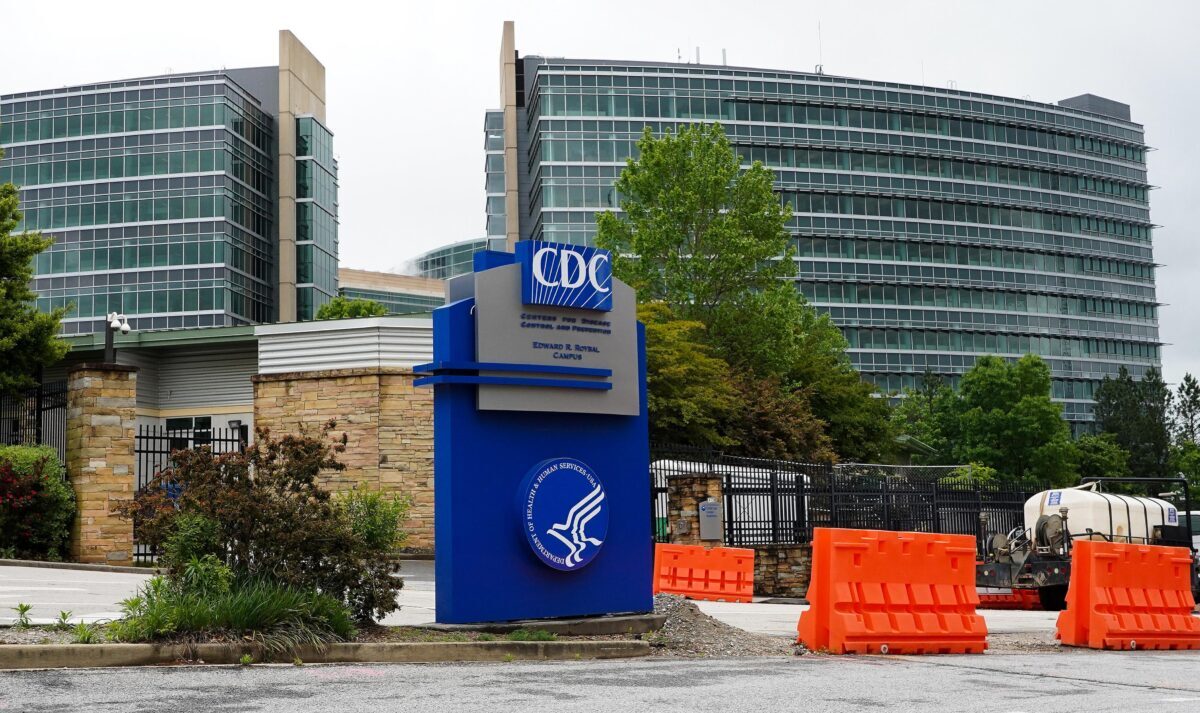
"The question is how many of them dare to resist the current because that means, indirectly, if you're in academia, your grants won't get approved," Thon said.
To his surprise, even some of his already retired colleagues failed to step forward.
"They kept silent; they pulled back," he said. "I don't know why."
Thon was among the experts advising the Czech government on the pandemic response, but his comments were excluded from reports, he said.
"They kept overruling me."
In the end, he sent his findings to the government on his own.
"They can't say they didn't know," he said.
Meanwhile, he was working on getting his research published abroad.
He said that he hopes some lessons were learned in case a similar pandemic occurs.
"If something like this were to repeat itself, the pillar which wasn't used here adequately would be early treatment with drugs that don't need to be newly developed and don't need to be sold at a high price."



Dr. Zelenko in New York also believed there was something, and treated it with HCQ successfully and even recommended it to Trump. When HCQ was banned by the medical community, he found natural supplements like Vitamin D, quercitin, and zinc provided the same protection. He came to understand that the vax was a bioweapon, before he died.
What was HCQ and vitamin D protecting from? The inflammation caused by the immune system mentioned in the article to whatever was stimulating it.